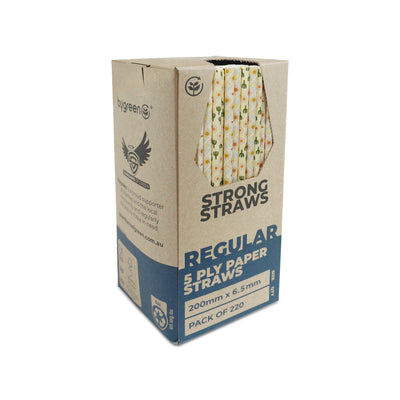
Single use plastic bans
what's it all about?
Single use plastics are having a huge impact on our planet. Clogging up our waterways, mistaken as food by our wildlife and ending up as
micro-plastics in our own drinking water. Microplastics have been found in every corner of the planet from Mount Everest to the Mariana Trench and increasingly in human blood. The prevalence of plastic waste in our world is staggering and it NEVER breaks down. The first piece of plastic ever created is still on the planet somewhere. It might be really small, but it still exists.
It’s no surprise that governments all over the world are busy creating legislation to reduce the plastic in our products and ban single-use plastics altogether. Australia is taking action by implementing state-based bans increasing over the coming years - all working towards significantly reducing the problematic plastic use in Australia by 2025.
As each state has different bans and different implementation dates, it gets a bit confusing. To help, we have created this table to help you better understand and even plan ahead for your location.
NOTE: Australia’s Environment Ministers have identified eight priority plastics for industry to phase out nationally by 2025, although this is understood to be voluntary. These are lightweight plastic bags; plastic products misleadingly termed as ‘degradable’; plastic straws; plastic utensils and stirrers; expanded polystyrene (EPS) consumer food containers; EPS consumer goods packaging (loose fill and moulded); and microbeads in personal health care products. The Commonwealth Government has also committed to oversee a phase out of PVC packaging labels by December 2022. In addition to the plastics listed above, some jurisdictions are also banning other plastics such as balloon sticks, balloon ties, and pre-packaged cutlery/ straws (i.e. on juice boxes). Helium balloon releases have also been formally banned in QLD, VIC & WA. Information gathered from marineconservation.org








